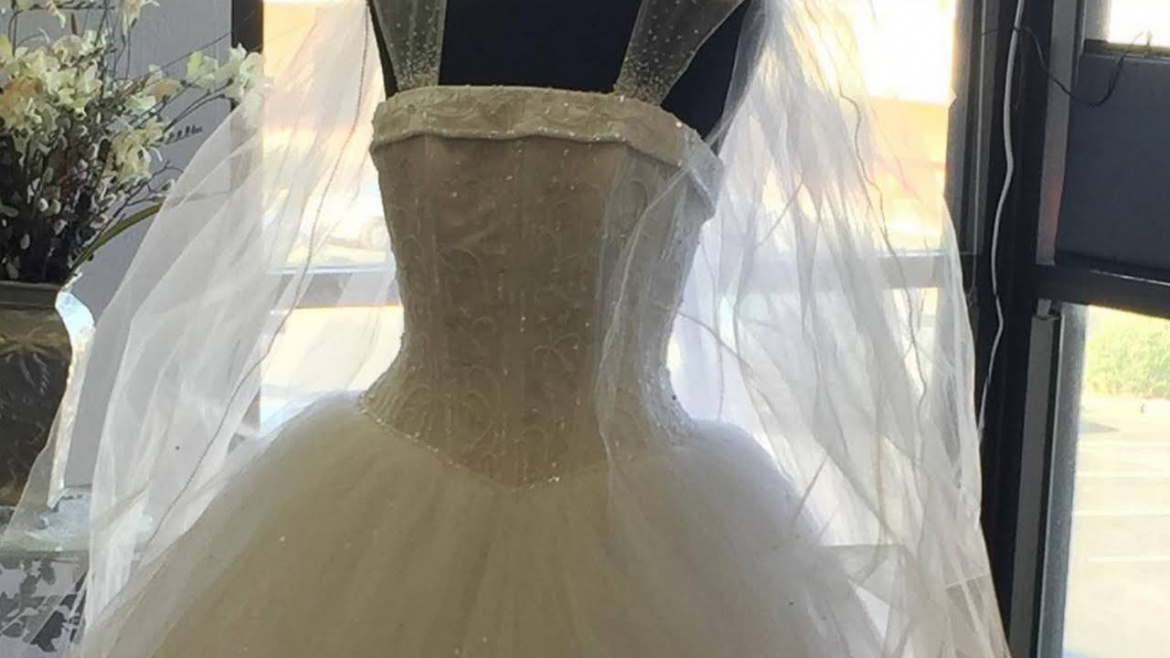Whenever there is a wedding, make sure you complete all the preparations beforehand to avoid making significant errors on the big day. A wedding day is when the bride shows off her gown to friends and family members, and the last thing she wants is to have some defect in the dress.
According to Carolina Herrara, “A wedding dress is both intimate and personal for a woman-it must reflect the personality and style of the bride.”
Therefore, you cannot afford anything going wrong with the dress. Every dress needs alteration, even if it is a little bit so that it looks perfect. A specific budget is allotted for these alterations, spending anywhere from $50 to $1000.
The Three Fittings
The entire alteration process consists of three fittings; the first one lasts for up to an hour. The bridal boutique will arrange an in-house sewer who will regularly work with the shop’s gowns or recommend a tailor to complete it. Necessary alterations consist of trimming the dress’s length, adjusting the gown’s sides, and adjusting the piece’s fitting. It makes sure that you feel comfortable and confident when wearing the dress and feel that you look beautiful in what you are wearing. If you want to know whether the gown is up to the standard, you can see how well the dress falls over the body and complements its shape, and is it long enough to cover your shoes. It must be made sure that the gown’s length does not make it difficult for you to carry yourself or walk with ease.
Customizations And Alterations
Extensive changes can be made through alterations in the dress when there is enough time, and the budget is not constrained. Customizations to the dress include sleeves, train length, beading, buttons, and a bustle. Gowns usually do not have a bustle. An additional feature is sewn into the wedding dress to prevent the train from dragging behind you while you walk or dance in the wedding event. All these changes are costly, and you should decide the budget before proceeding with any dress alterations.
The Second Fitting
The number of fittings needed will depend on the number of alterations required and how your body changes in shape over time. The gown starts to form after the tailor/fitter begins to pin and tuck the fabric and carve it to the bride’s body. It is often the second fitting in which you start to know how well the gown will fit. It is common to have three fittings since the wedding dress’s time due to possible changes in the measurement between the hips, bust, and waist. Hence, there is a high probability that it will not fit in the first fitting appointment.
The Final Fitting
The final fitting must be scheduled one to two weeks before the wedding day because the body’s size and measurements would not change during the last days much, and it will be easier to decide how to alter the dress to fit correctly.
Time Duration Estimates
The first fitting usually lasts for an hour. It is the longest of all the fitting appointments since the fitter must examine the body’s measurements and carefully understand your requirements. Your artisan fitter will be with you during every fitting until the wedding day arrives. After the first fitting appointment, every appointment that will follow will be of lesser duration since the dress will be getting closer to becoming a perfect fit for the bride.
Budget For Alterations
A specific amount should be kept aside for your bridal dress alterations. Some salons can charge $225 to shorten the gown, $150 to sew the seams again, while some salons charge a fixed amount around $500-$900 that covers the entire alteration needed to ensure that the dress fits you correctly. Design changes, such as cutting a new dress neckline, adding a lace, beading, etc. can cost around $50 to a few hundred. It would be best if you calculate the cost in mind before opting for any alteration options.
Timeline For Bridal Dress Shopping And Alterations
The best way to avoid any last day problems is to make sure that you order the dress early, leaving ample time for fitting and tailoring. The dress should be collected ten months before the wedding, schedule a fitting 8-12 weeks before the wedding event, and the final fitting should not occur later than two weeks before the wedding. Moreover, it would help if you were mindful of any potential weight changes before the wedding, so it is advised not to order a short dress. Larger clothing is more comfortable with altering; it can be tightened or loosened.
Do Not Forget Accessories
Talking about the accessories, you must bring your undergarments, shoes, etc. that you will wear at the wedding in your every fitting appointment to obtain the proper fit. When the tailor starts adjusting the hem, you should wear your shoes to be at the same height you will be on the wedding day. Bring your jewelry as well and try it while giving the trial. The wedding necklace might influence your decision about where the neckline of your dress should be.
You should opt for a hemline that grazes the ground to walk correctly and dance if you want. After making the hemline adjustment, the fitting appointment, you should walk in the boutique with your shoes to check if you feel comfortable.
Final Thoughts
If the dress does not fit once it arrives after being ordered, there is no need to worry. If you lose weight, the dress will get altered and properly suited after the fitting appointments. If you gain extra pounds, you can ask the designer to open the seams and add extra fabric. Also, alterations would not ruin the beauty of the dress. Make sure to order a larger dress so that the designer can make changes without much difficulty. Lastly, always try to bring a close friend or family member who supports you and desires the best for you. They will try to cheer you up, enrich your experience, and provide you good recommendations for everything.

